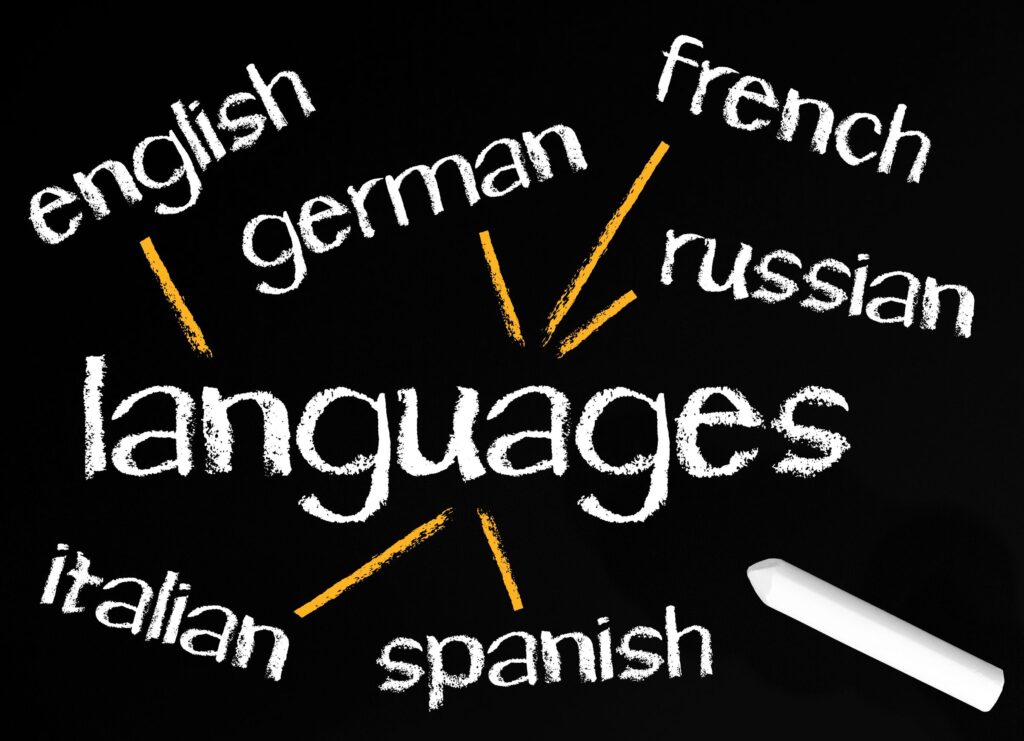Video translation involves the translation of the screenplay or the video or film script. The first stage is transcribing the video in its original language so that the translator can add the exact timestamps to the transcription. After finishing the process, the translator converts the transcript into the target language.
Video translation could either be in the form of dubbing or subtitling. Subtitles on video could be embedded, meaning the subtitles are included in the video although they can be turned on and off. The other subtitle format is the SRT file or SubRip Subtitle file. It is a separate written document in plain text, that includes the dialogue and the time codes (start and end of each dialogue line), matching the dialogue in the video.
Common mistakes in video translation and how to avoid them
Video translation is a complicated process. Many conventions should be observed since there are differences between languages. The meaning may vary. The length of sentences differs. If the translator is not careful, it is easy to make mistakes when translating videos.
If you are new to video translation, you should know some common mistakes, so you can avoid them.
- Word-for-word translation. This is one of the most common mistakes. The purpose of the translation is to make viewers who do not speak the language used in the video to understand the dialogue. Therefore, it is important to make the translation accurate. It cannot be a word-for-word translation because the translation may come out funny or viewers may become more confused rather than entertained. Understand the context of the screenplay, so you can adapt the translation to the scene.
- Keeping the same style for all the voices. The translator has to adapt the personality of the speaker to the translation. The translation should reflect the way the character speaks, whether formal or informal, respectful/disrespectful, etc. Ask for a style guide if the video has several speakers.
- Lengthy phrases. Translating videos usually means that you will be creating subtitles for it. Subtitles have a limit of 47 characters per line, and a maximum of two lines. The subtitle should appear on the screen for two seconds (minimum) and seven seconds (maximum). Given the limitations, you have to make the phrases shorter.
- Unnatural line breaks. See to it that the sentences are easy to read and follow. Do not split the text randomly. Ensure that the lines follow the natural way a person speaks.
- Missing punctuation marks. Punctuation marks are essential. You should use them judiciously to make the text correspond to the emotion of the person speaking.
- Wrong timestamps. Timestamps or time codes are critical to video translation. They mark the exact time for the beginning and end of a speech. Punctuations have to be exact because they are essential in timing the display of the subtitles or captions on the screen. They need to be in sync with the image otherwise it would be very difficult for the viewers to understand what is going on.
Tips on effectively translating videos
Due to the complexity of the process, video translation typically requires a team comprising language, video and audio experts to convert the video footage fit for the multilingual audiences you intend to reach.
Here are the things you should do to ensure the accuracy of the video translation.
- Hire professional translators. You have to work with a reputable translation company like eTranslation Services, which provides accurate video translation in more than 200 languages. Translators work in a specific language pair. Therefore, if you are targeting several languages, you need several translators to handle the project.
- Avail of the services of native-speaking translators. They have the right knowledge in the target language and can render the translation in the right context. They will adapt the screenplay to the natural language to make sure that the local viewers can follow the script easily, allowing them to understand the dialogue based on their regional descriptions.
- Select the right format. Video translation comes in different formats: captions, subtitles, voice-overs, or a combination of two or all formats. You need to consider the preference of the target audiences. Some prefer to listen, therefore you should choose dubbing. Other viewers are more comfortable reading the translation on screen, so you can either have subtitles or captions.
The process of translating videos
The popularity of online marketing using videos opened opportunities for translators to do video translations. Most popular is videos with subtitles to reach foreign markets. It is essential to know the process of video translation so that you will get the best service for your money.
Subtitles created by professionals are beneficial for search engine optimization (SEO), as they can help page rankings locally and internationally. When your video has subtitles, you make your video content more accessible to target and potential audiences, allowing you to widen your audience reach.
In video translation, the team has to do the following:
- Analyze the video so they can create a plan
- Transcribe the screenplay in the original language and add timestamps
- Translate the transcription into the desired languages (the translation may include localization based on the target language and the audience)
- Create subtitle files, or produce new audio files (in case of voice-overs) in the target languages
- Synchronize subtitle files with timestamps or the audio files to the original video
- Test the video with subtitles or voice-overs before creating the final output
Call eTS for accurate video translation services
If you’re an online marketer or a business that needs high-quality video translation, you are in the right place. eTranslation Services provides accurate video translations in over 200 languages. Our native-speaking translators are more than capable of translating videos that will resonate with your target audience. Please send us a message at [email protected] or call us at (800) 882-6058 so that we can discuss your requirements.



